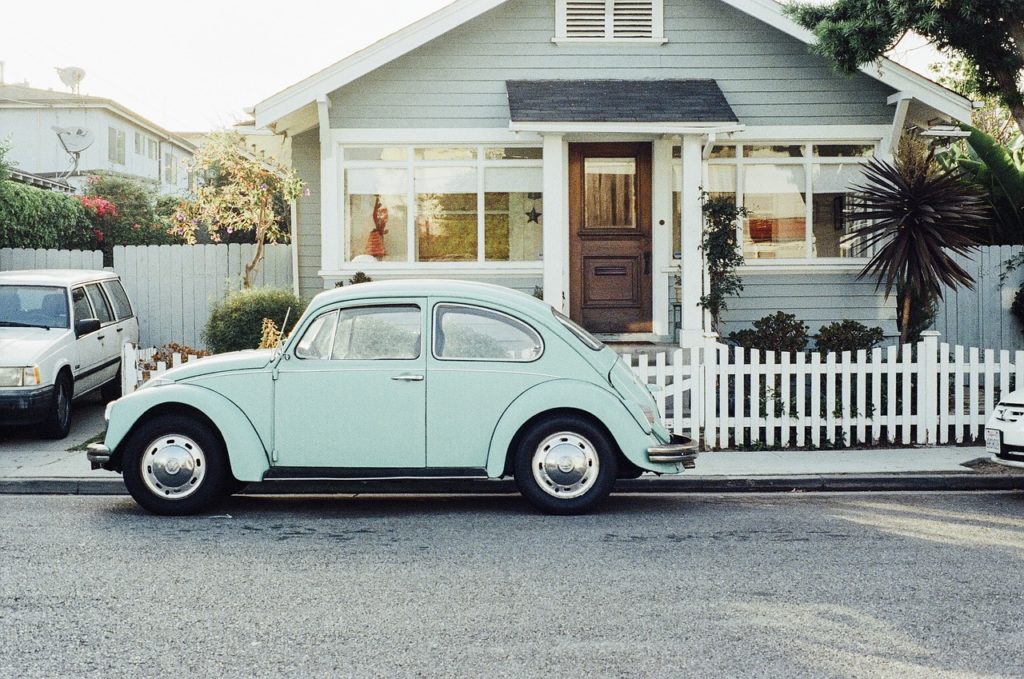Planning to buy a used car in 2023? Learn about the recent drop in prices, but also be aware of the impact of interest rates on affordability. Discover what this means for car buyers, including lower prices for some car models, higher-than-normal ownership costs, fluctuating trade-in values, and relatively low inventory levels.
Questions Answered in this Article
- What happened to used-car prices in December 2022? Answer: Used-car prices experienced a historic decline, with an 8.8% drop since January 2022, marking the sixth consecutive monthly decline.
- How much higher are used-car prices compared to normal market price? Answer: Used-car prices are still 30.1% higher than the normal market price, indicating that buyers have not yet returned to familiar territory.
- How have interest rates affected used-car affordability? Answer: The Federal Reserve’s interest rate hikes have affected used-car affordability, with the average interest rate for used-car loans increasing from 8.76% in July to 10.25% in December.
- Will all car models experience the same rate of price decrease in 2023? Answer: Not all car models will decrease in price at the same rate, with pickups and compact cars having the smallest changes and luxury cars and SUVs experiencing the largest price drops.
- What should car owners expect in terms of trade-in values? Answer: Car owners looking to trade in their current models should expect lower values than what was offered in the past year, with trade-in vehicles in December receiving an average of $786 less in trade-in value than those traded last June, according to J.D. Power.
Buying a Used Car in 2023: What You Need to Know About Lower Prices and Higher Interest Rates
In December, the used-car market experienced a significant price drop, signaling a departure from the previous year’s high prices. This is good news for car buyers, although inventory levels have yet to recover to pre-pandemic levels, and consumers still feel the pinch compared to their 2019 purchasing power. Experts predict that the used-car market will continue to improve this year, but consumers should manage their expectations regarding car buying in 2023.
December 2022 Saw a Record Drop in Used-Car Prices
The used-car market experienced a historic price decline in December, with an 8.8% drop since January 2022, marking the sixth consecutive monthly decline. CoPilot, a personalized car-buying app, reported this in a January 2023 report. The price decline is the most significant annual drop since June 2009, the last month of the Great Recession. However, used-car prices are still 30.1% higher than the average market price, indicating buyers have not yet returned to familiar territory. According to Joseph Yoon, a consumer insights analyst at Edmunds, while prices are declining, it is more of a slow return to normalcy than a traditional decline, with prices still very elevated.
Interest Rates Still Hamper Used-Car Affordability
The Federal Reserve’s aggressive interest rate hikes in response to inflation have impacted used-car prices, affecting their affordability. Edmunds reports that the average interest rate for used-car loans increased from 8.76% in July to 10.25% in December. As loan rates become more expensive, buyers who finance their vehicle purchases will end up paying more for the total cost of the car, despite the lower sticker prices.
What This Means for Car Buyers: Lower Prices, But Not for All Models
If you plan to buy a used car this year, you’ll be happy to see lower prices but will still face challenges navigating the market. Here’s what you should anticipate:
Lower prices, but not for all models
As demand for used cars diminishes, prices are likely to continue to fall. Prices for used cars could fall as much as 10% to 20% in 2023, according to J.P. Morgan Research. However, not all car models will decrease in price at the same rate, with pickups and compact cars having the smallest changes and luxury cars and SUVs experiencing the largest price drops.
Continuation of higher-than-normal ownership cost
As used-car prices drop, buyers are encouraged, but the surge in interest rates means those who finance their purchases will still feel the pressure of the inflated market. Those who take advantage of falling prices but finance purchases amid higher interest rates may pay more for a car over the life of a loan.
Fluctuating trade-in values
Trade-in vehicles in December received an average of $786 less in trade-in value than those traded last June, according to J.D. Power. Car owners looking to trade in their current models should expect lower values than what was offered in the past year.
Increased but relatively low inventory levels
While used vehicles are becoming more affordable, consumer demand is still expected to be high, which could reduce the available inventory of used cars as more buyers decide to purchase vehicles after waiting out high used-car prices. However, bargaining trade-in offers will help some consumers be more substantial.
Summary
- In December 2022, there was a historic decline in used-car prices, marking the sixth consecutive monthly decline.
- While prices are declining, they are still 30.1% higher than the normal market price, so buyers have not yet returned to familiar territory.
- Interest rates have increased, affecting used-car affordability, with the average interest rate for used-car loans increasing from 8.76% in July to 10.25% in December.
- Buyers can expect lower prices, but not for all car models, with pickups and compact cars having the smallest changes and luxury cars and SUVs experiencing the largest price drops.
- Despite falling prices, the surge in interest rates means buyers who finance their purchases will still feel the pressure of the inflated market and may pay more for a car over the life of a loan.
- Trade-in values have decreased, with car owners looking to trade in their current models should expect lower values than what was offered in the past year.
- Inventory levels have yet to recover to pre-pandemic levels, and consumer demand is still expected to be high, which could reduce the available inventory of used cars.















